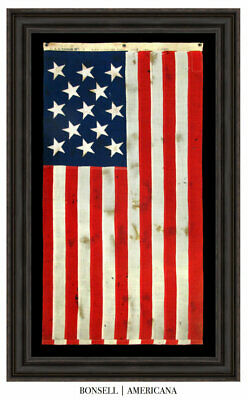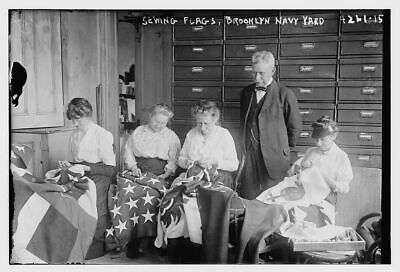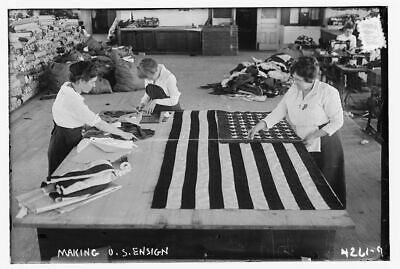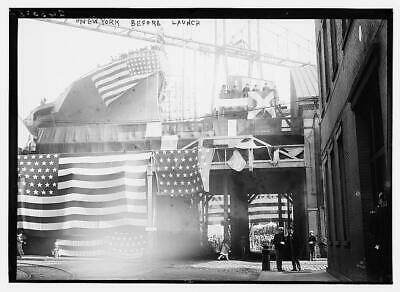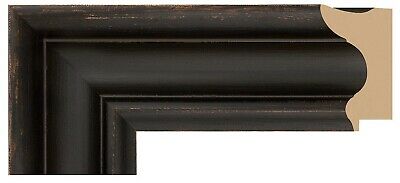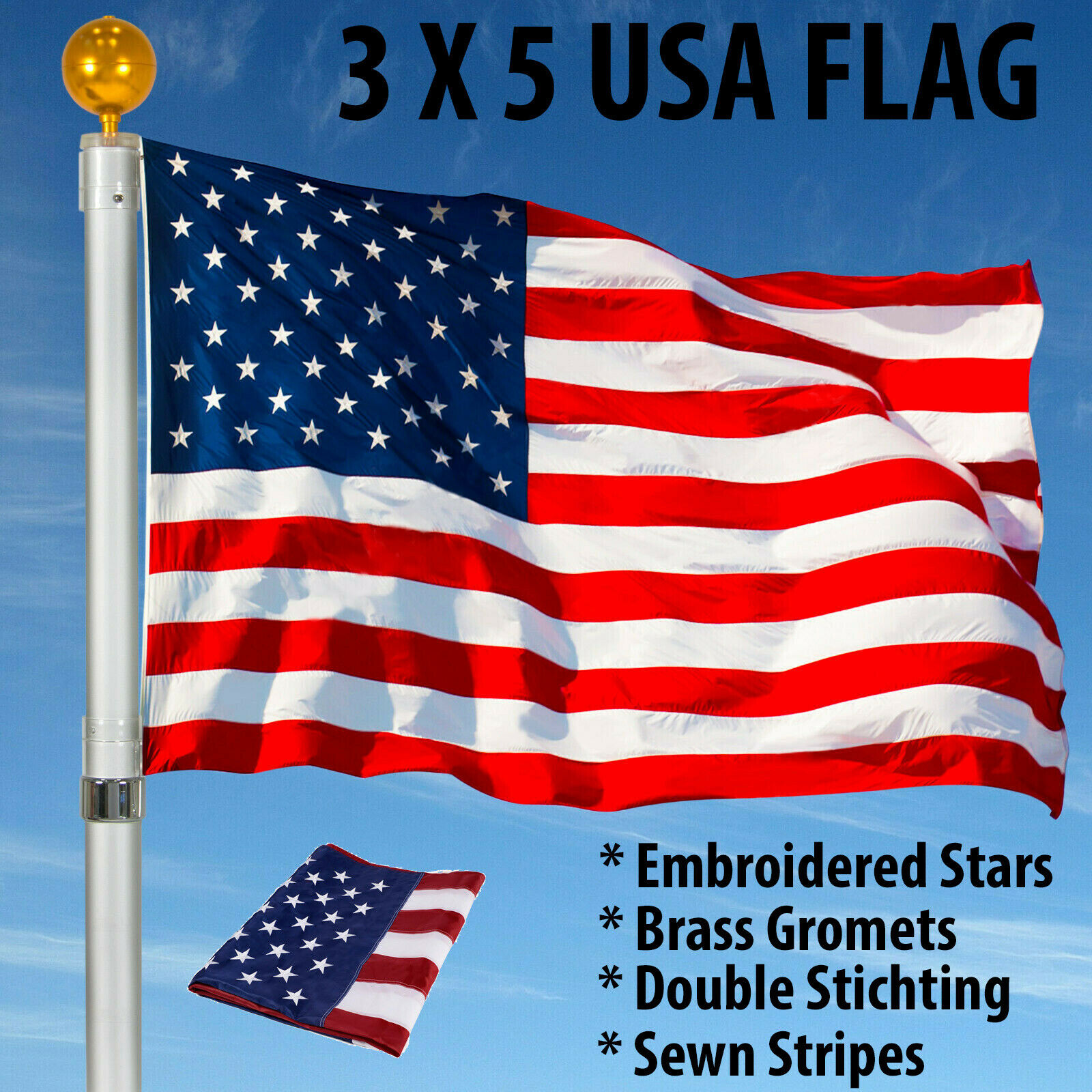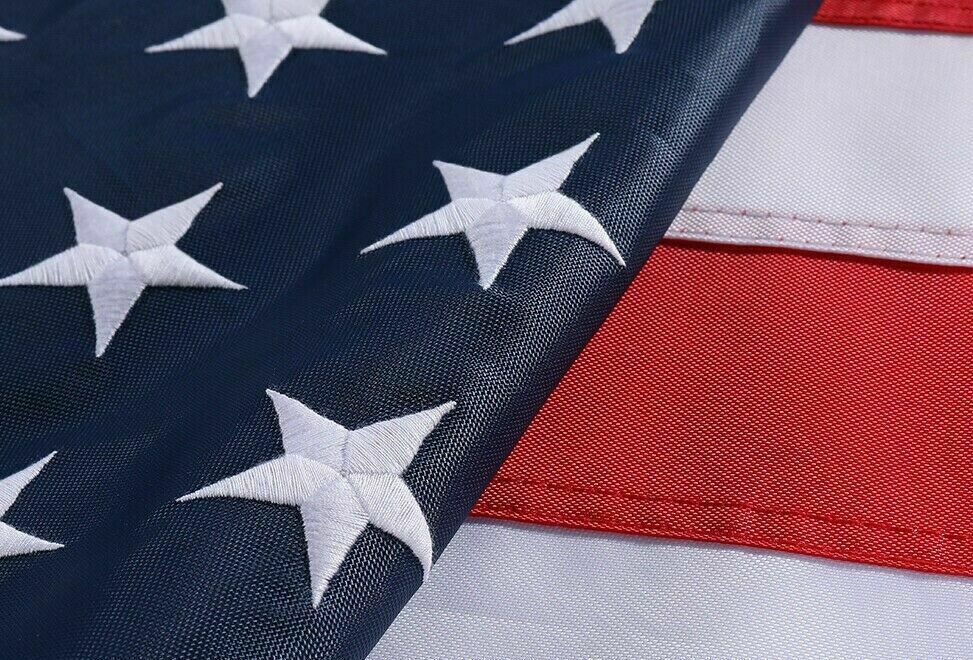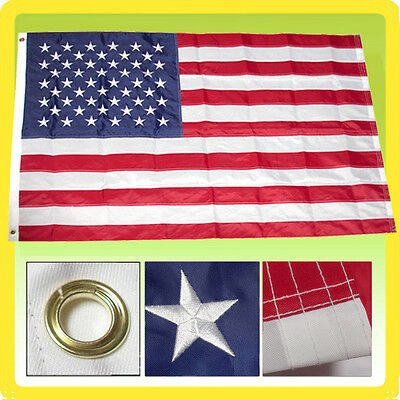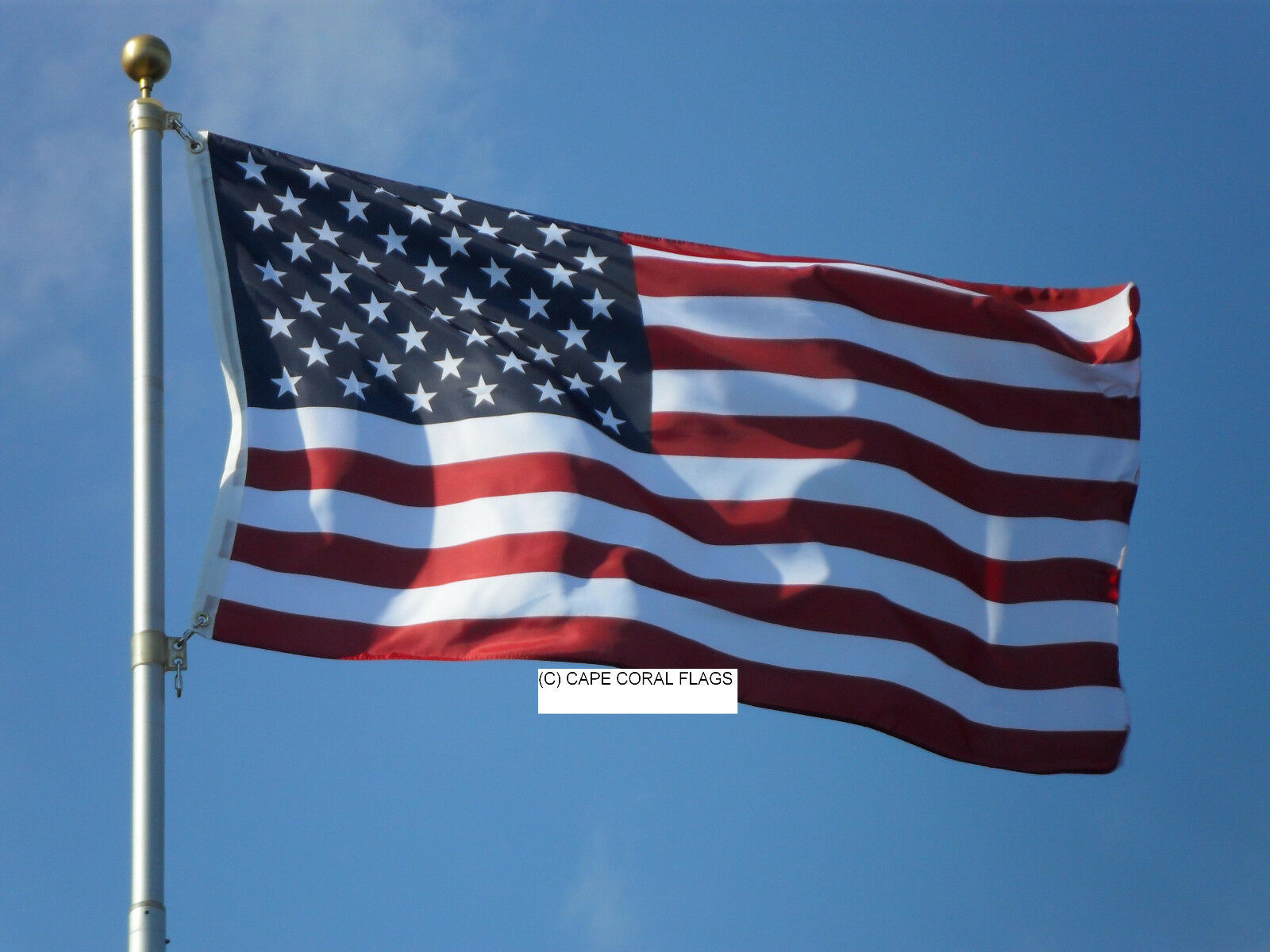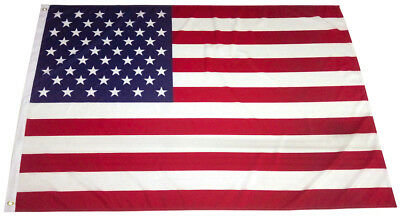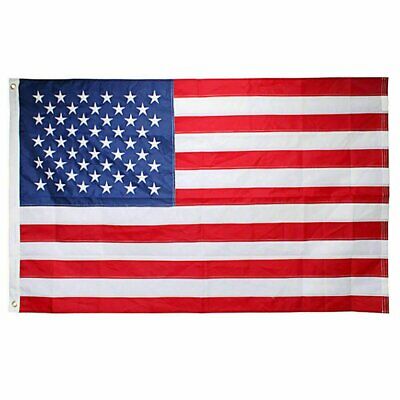-40%
13 Star Antique US Navy Flag | Made at the New York Naval Shipyard in Brooklyn |
$ 3141.6
- Description
- Size Guide
Description
Frame Size (H x L):66” x 39.5”
Flag Size (H x L):
54.5” x 28”
Offered is a thirteen-star U.S. Navy ensign. An ensign, or sometimes referred to as a boat flag, is a national flag that is flown on a boat or ship, typically on the stern of the vessel. In the 18th century and much of the 19th century, the US flag was primarily considered a maritime flag, and for this reason, the national flag used on land was the same as the one used at sea. Beginning in the 1850s (and perhaps earlier), the U.S. Navy utilized thirteen-star flags, so that the each star could be as large as possible and, thus, make the US flag easily identifiable at long distances upon the open seas. In 1916, however, the US Navy discontinued this custom, and transitioned to incorporating a full star count on the flag.
Beginning in the 1880s, most naval ensigns were marked along their hoists, so as to specify where and when each flag was made. This particular ensign includes an overprint on the reverse of its hoist, and states the following: U.S. ENSIGN NO. 8 NAVY YARD NEW YORK NOV. 1903 C 11908. The "NO. 8" refers to the size of the flag, the "NOV. 1903" refers to when the flag was made, and the “C 11908” is believed to be akin to a serial number. A "NO. 8" flag is 2.37 feet along the hoist and 4.50 feet along the fly. This is the smallest size flag, under the 1899-1913 Navy regulations, and because it an easily displayable size, it is the most coveted by collectors.
“NAVY YARD NEW YORK” refers to the New York Naval Shipyard (NYNS), which is where this flag was made (see the images). The US Navy made flags not only at the NYNS, located in Brooklyn, but also made them at the Mare Island Naval Shipyard outside of San Francisco, the Charleston Navy Yard in Boston, and Cavite in the Philippine Islands. The NYNS was established, in 1801, by President John Adams, who was a firm believer in a strong central government and a US Navy that would be capable of protecting our nation. At its peak during World War II, the NYNS employed 70,000 people, and both the battleship Missouri and the battleship Iowa were made there. The NYNS was decommissioned in 1996, and was listed on the National Register of Historic Places in 2014.
The stripes and canton of this flag are made of wool bunting, and each individual piece is machine sewn into place. Its stars are made of cotton and sewn to both sides of the canton (i.e., double appliqued), using a zig-zag stitch. The stars are much larger than what is typical in most thirteen-star flags, so as to aid the viewer in identifying them.
Due to the extreme environment that this flag would have had to endure, it includes three brass grommets (instead of two), a gusset at each end of the hoist, heavy grade wool, and extra stitching along several of its seams. And further, it is longer than most flags. This is so that the flag would be easier to identify without taking up vertical space on the ship, and so that after extended use, it could be repeatedly trimmed and hemmed to repair any damage that may occur.
The stars of this flag are arranged in a 3-2-3-2-3 pattern. This pattern, which looks like a diamond of stars surrounded by corner stars, is sometimes referred to as the Hopkinson pattern after Francis Hopkinson. While no one knows for sure, it may have been the star pattern for the first flag (not the Betsy Ross pattern). While it is clear that Betsy Ross made flags in in Philadelphia in the 1770's, there is no evidence that she made the first flag in the form of letters, articles, journals, or records. Historians generally do not accept that Ross designed or made the first flag, and instead support that Hopkinson designed it. Hopkinson was a member of the Continental Congress, a signer of the Declaration of Independence, and a lawyer. The evidence supporting Hopkinson's role includes his claim to Congress, for payment, for having furnished the design of "the flag of the United States of America." Hopkinson asked to be paid in "a Quarter Cask of public wine" and later asked to be paid in ,440 in Continental paper. Both payments, however, were refused by Congress. Congress agreed that Hopkinson had a role in the design, but refused to pay him because he "consulted" other men.
The original use of the thirteen-star flag dates to June 14th, 1777, the time at which the Continental Congress adopted a resolution creating the first official flag. The resolution stated, “Resolved, that the flag of the United States be made of thirteen stripes, alternate red and white, that the union be thirteen stars, white on a blue field, representing a new constellation.” Thirteen-star flags were official from 1777-1795, but have been in use ever since.
Thirteen-star flags were also flown at the time of George Washington’s death in 1799 and to celebrate the nation’s 50th anniversary in 1824. They were also flown in 1824 in honor of General Lafayette’s return to the US for his nationwide tour. Celebrations for his Revolutionary War service were held in New York, Boston, and Philadelphia, along with many locations in the southern and western states.
Further, thirteen-star flags were also common during the Mexican War in 1846-1848 and the Civil War in 1861-1865. They were both relatively close in time to the revolution, and were very patriotic times, particularly during the Civil War time period when flag use became much more common than had ever previously been the case. Thirteen-star flags were also flown during the centennial celebrations, which were held across the country and, most notably, in Philadelphia at the Centennial International Exhibition.
Conservation Process:
This flag was hand sewn to silk organza, and both were hand sewn to cotton fabric. The silk organza provides a strong layer of protection and a professional appearance. The flag, the silk organza, and the cotton fabric were then hand sewn to a mounting board. To prevent the black dye in the cotton fabric from seeping into the flag, it was first washed in a standard wash and then in a dye setting wash. The flag is positioned behind Conservation Clear Acrylic (standard) or behind Optium Museum Acrylic (per request).
Frame:
This offering is in our X-Large Distressed Black Frame.
Condition Report:
As shown in the images, this flag exhibits a number of age appropriate stains and tears, and has a patina in spades. We celebrate these issues, and so do many of our clients.
Collectability Level:
The Great – Perfect for Rising Collectors
Date of Origin:
1903
Number of Stars:
13
State Affiliation:
Original 13 Colonies
About Us:
BONSELL | AMERICANA is the preeminent source for antique flags and political textiles. Every piece is handpicked and custom framed. Their offerings make for one-of-a-kind statement pieces, and they hang in beautiful homes, important offices, and noteworthy buildings across the country. Their very best offerings are available exclusively on the BONSELL | AMERICANA webpage at www.bonsellamericana.com. Thank you for looking.
